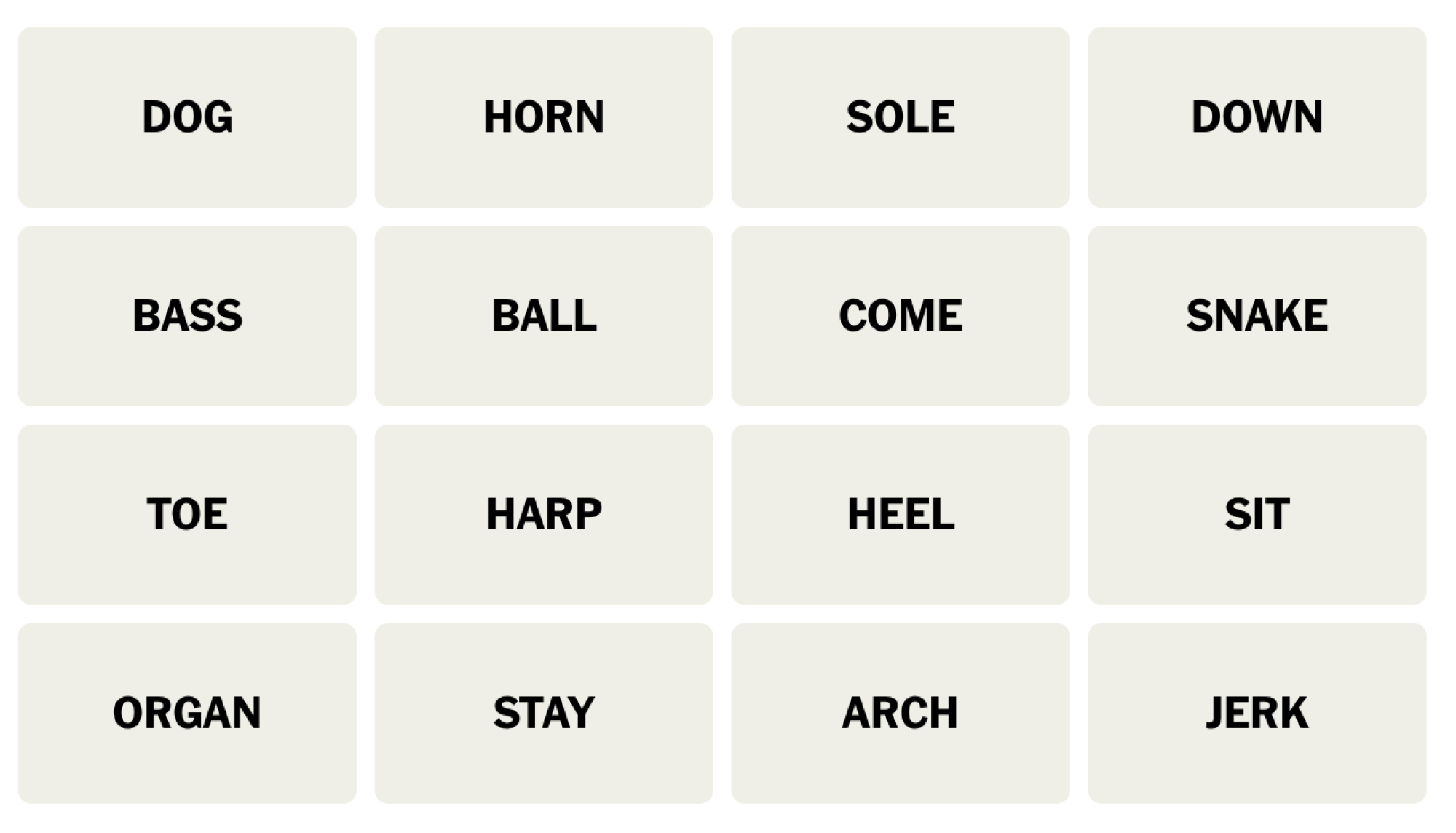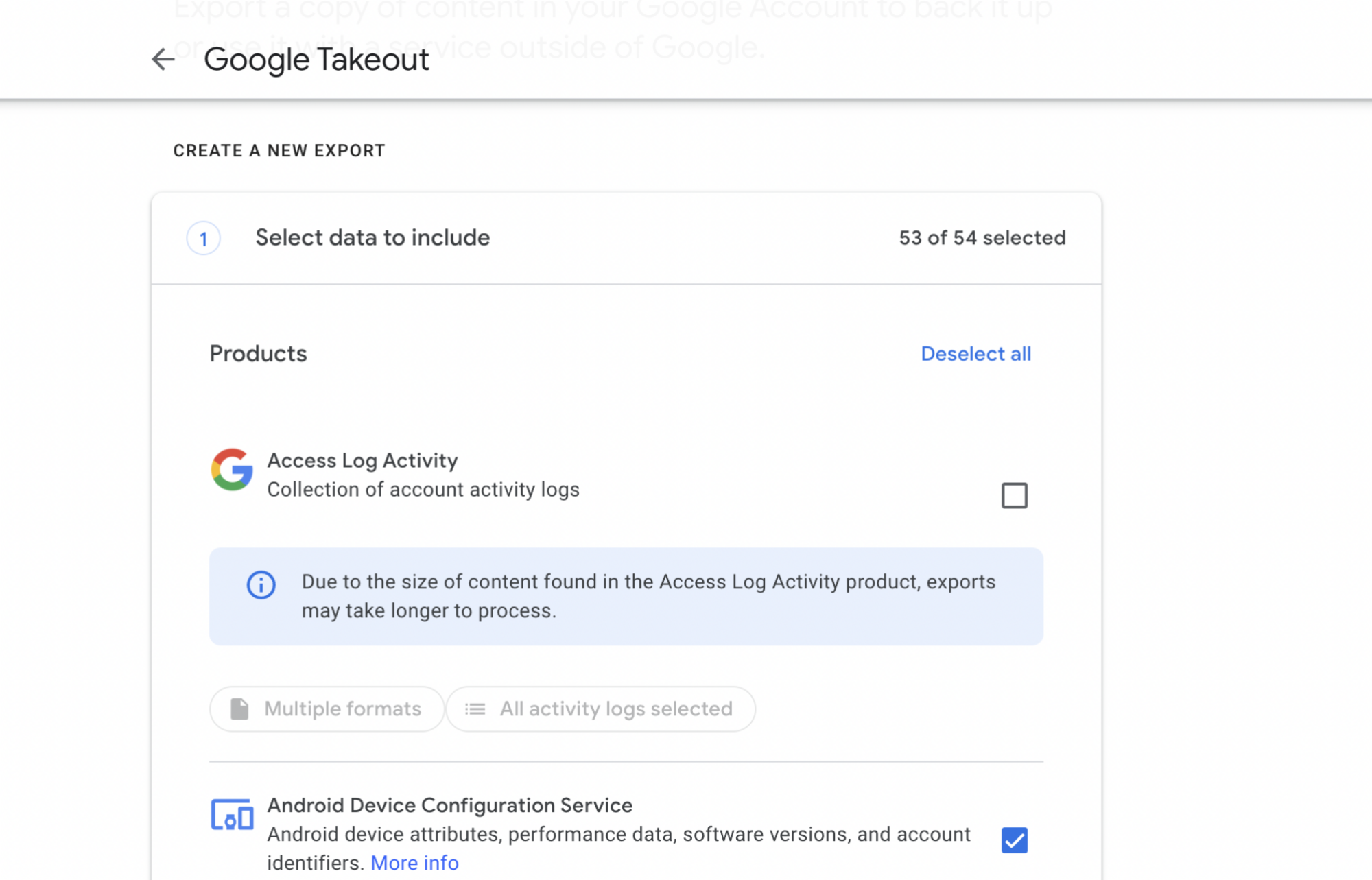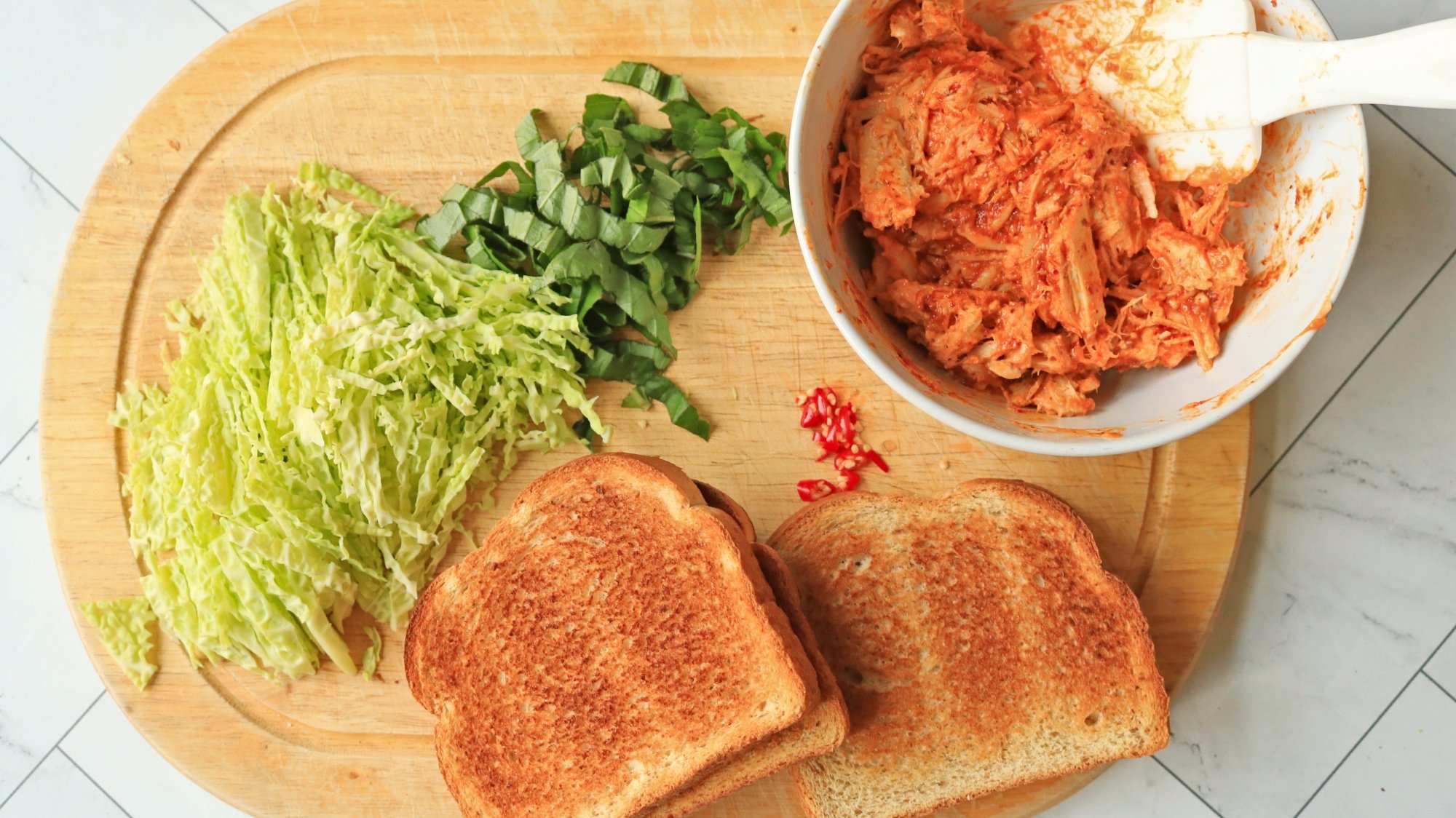Most parents of a certain age, myself included, had to learn to be independent growing up. Many households needed two incomes to sustain themselves, leaving children alone to fend for themselves when school wasn’t in session. It was far from ideal, but it gave me some confidence that I could take care of myself when necessary.
Something has changed in many caregivers in the decades since. Guardians often became highly involved, removing all obstacles from their child’s path. Instead of letting children develop their own coping muscles, parents give them what they want with a phone call to a school administrator or a friend’s parent.
“We’re not giving [kids] the space to develop really important life skills because we’re so protective and heavily involved,” says Emily Edlynn, Ph.D., a licensed clinical psychologist and author of Autonomy-Supportive Parenting.
What is “autonomy-supportive” parenting?
Think about your day as a parent. From what they wear to school to what they eat for dinner or watch on TV, how often do you let your child decide things for themselves? It might be more often than you think.
Instead of handling nearly every aspect of their day, caregivers who follow autonomy-supportive parenting let children take the initiative. Parents guide a kid’s decisions instead of controlling them.
“It’s an approach that focuses on building a child’s sense of agency in the world as well as a strong sense of self,” says Edlynn. “It’s trying to understand their experience of what’s going on right now and recognizing they have a different perspective or experience than we’re coming at.”
Instead of pushing our way of thinking on children, Edlynn suggests we let them do their own critical thinking and solve problems themselves, which will help them trust their abilities and give them self-confidence as they grow older.
Guide kids to find their own solution
As any parent with more than one child can tell you, kids develop differently, which can mean we have to support them in different ways. While one child may find it easy to start their homework independently, the other might not be a self-starter.
Edlynn recommends nudging our kids to the next level by knowing their skill level and meeting them there, a process known as scaffolding. To help motivate the second child to do their homework, list everything they want and need to do. This will structure their afternoon. They’ll also get a self-esteem boost whenever they complete a task and check something off their list.
“Part of the framework is asking a lot of these questions of your kid: What do you think? When is the best time for you to do homework? They may not know yet, but it’s good for them to think about it,” Edlynn explains.
Let kids find their own fun
In the age of smartphones and tablets, children and parents have become conditioned to believe we never have to be bored. And when the blahs actually do hit our kids, we charge ourselves with giving them something to do instead of letting them make their own fun.
“Our kids don’t know how to manage boredom, which really is a disservice to them,” says Edlynn. “It also sets us up to be their cruise directors at all times. That’s a huge burden on us!”
Letting children find their own thing to do when boredom strikes allows them to become self-sufficient and use their imagination to find fun on their own.
“It is amazing what creativity they can express, and it’s a really important life skill for them to figure out how to entertain themselves,” says Edlynn.
Being empathetic doesn’t mean giving in
Recently, my youngest son didn’t like the movie I picked for our family’s weekly movie night because it differed from what he would have chosen.
I explained that I understood his disappointment and we would watch what he wanted next week. He could play in his room if he didn’t want to watch the movie we were watching. Rather than giving in, I tried to meet him where he was as best as I could, show him empathy, and then give him an option.
“Having empathy does not mean giving them what they want,” says Edlynn. “You’re not trying to make them happy. You’re just reflecting back that you’re understanding what’s going on.”
Trust your child to act in their best interest (or fake it)
Another characteristic of autonomy-supportive parenting is being open, curious, and flexible. Trusting children to be accountable to themselves (or acting like it) is the only way you will know if your child will be a responsible, independent adult.
For example, if you ask your child when they think is the best time to do their homework, and they tell you it’s in the morning before school begins, support them and let them try it, no matter how odd it sounds. It may work.
“We may not really trust our kids, but we have to pretend,” says Edlynn. “This is low stakes. Nothing terrible is going to happen. Sometimes, we just have to listen to them.”
Don’t forget to support yourself
Edlynn says once you grasp autonomy-supportive parenting, you’ll see opportunities to put it into practice, even when they’re in preschool. (Her book breaks things down into age groups.) But no matter how old your kid is, adopting this style will not be easy, so forgive yourself if things don’t go right on a particular day.
“Give yourself grace,” Edlynn says. “The more you do that, the more likely you will have the energy to keep up with doing this. If you get hard on yourself because you’re not measuring up, you’re more likely to revert to the controlling practices. Some days are just going to be more autonomy-supportive than others.”
Source: LifeHacker – Help Your Kid Develop Independence With ‘Autonomy-Supportive’ Parenting






